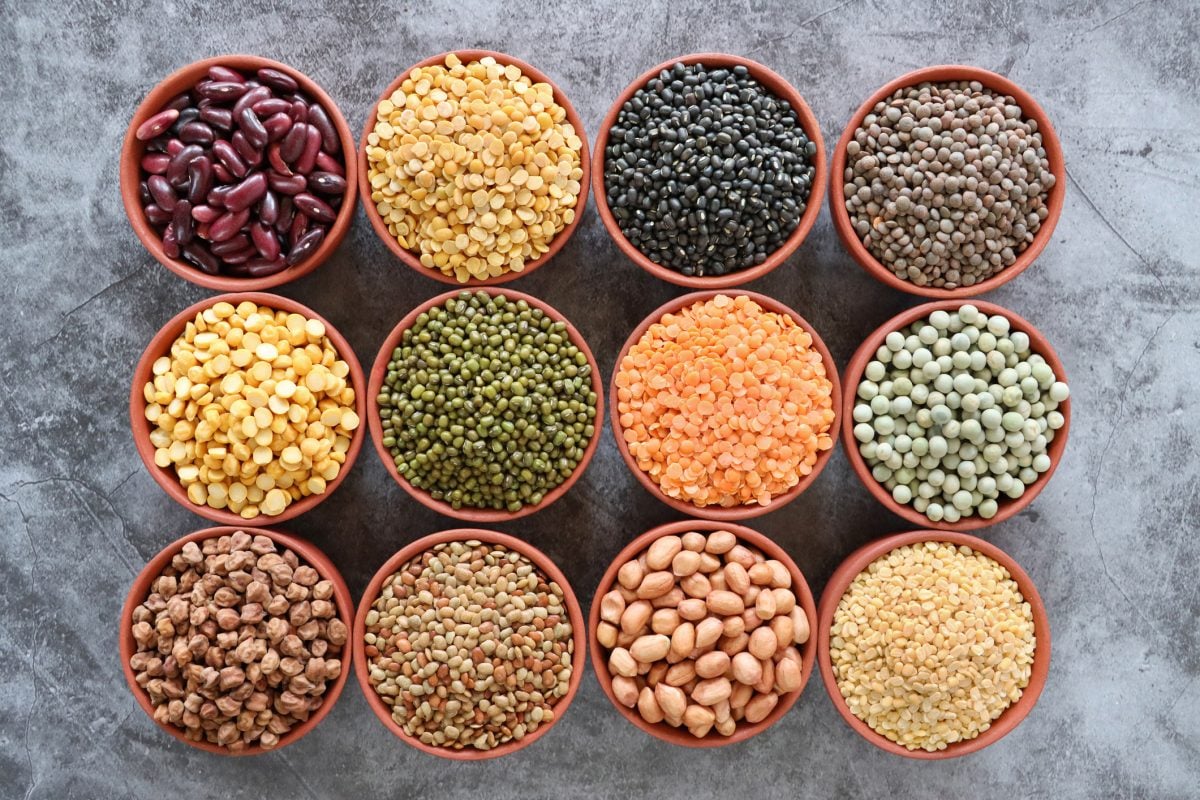(Resource News International) — Weather conditions haven’t caused an overwhelming amount of seeding delays to sunflower crops in Manitoba, which produces 90 per cent of Canada’s sunflowers.
But the excess moisture and precipitation is expected to delay the crop’s production, according to an official with the National Sunflower Association of Canada (NSAC).
Sunflower producers in Manitoba were relieved when they seeded some of their crops this spring, especially since seeding in 2009 was delayed into the latter half of May and into the first week of June.
Read Also

Pulse Weekly: SPG looks back at harvest, ahead to trade
Saskatchewan Pulse Growers executive director Carl Potts said this year’s harvest had strong yields as the organization now works on international trade.
However, recent wet weather conditions, mixed with little sunshine to evaporate excess moisture from the soil, is expected to affect the quality of sunflower crops.
“Weed control is going to be delayed. There may be issues with emergence, like rotting seed, and delayed crop growth. Mildew could be an issue with the cool wet soils,” said Kristen Podolsky, field technician for Carman, Man.-based NSAC.
Weed control will be delayed because of how moist the soil is, not allowing producers to move heavy equipment onto their land for fear of making ruts and getting stuck, she said.
“It’s really affecting germination, emergence, and crop development in general,” said Podolsky of sunflower crops already seeded.
About 170,000 acres were planted in Manitoba, according to Statistics Canada, compared to 160,000 in 2009.
Podolsky expects the estimated acres for 2010 have not fluctuated much, but some fields in southwestern Manitoba may not have been seeded due to wet weather conditions.
A report released by Agriculture and Agri-Food Canada estimates the 2010 sunflower crop will produce 99,000 tonnes, compared to 102,000 in 2009. Canada will also import 15,000 tonnes in 2010, compared to 20,000 in 2009. Also, 76,000 tonnes will be exported in 2010, compared to 76,000 in 2009; 33,000 will be used domestically, compared to 43,000 in 2009.
Podolsky said it was too early to predict whether those numbers would change, as most crop losses are still being assessed.
“Most acres did get in; it’s just a matter of what has been lost due to the excess moisture and the slow development,” she said.














